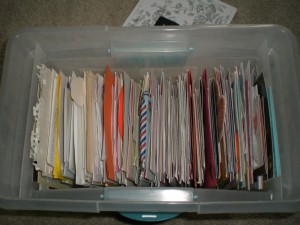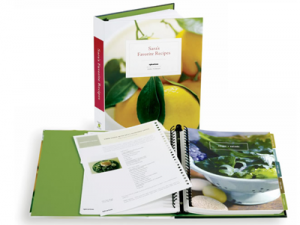As the popularity of home-based jobs and telecommuting increases, many people find themselves struggling to maintain time management. The flexibility of working from home can have potential difficulties, but with a few basic strategies the arrangement can produce much success.
Establish a Schedule: Setting up time parameters for when you will work and when you be off will help you maintain the necessary mindset for professional activity. If you are able to set your own schedule, attempt to keep the same hours each workday to ensure optimum productivity. Whether you are a morning person or a night owl does not matter; what is important is that you commit to starting and stopping at the same time each day.
Minimize Distractions: Working from home can produce distractions that may otherwise be avoided in an office. Maintaining a space that is dedicated to work can help minimize the possibility of wasted time. If you have an office, excellent, but if not choose a location that is separate from obvious distractions such as t.v., household chores, or kids, etc. Your work area should also be well-stocked with all necessary supplies and electronics.
To Do List: At the beginning of each day, create or update your to do list with the tasks required of you. Tasks can be grouped together in blocks, including phone calls, emails, physical tasks, and needs from others. Grouping items can increase efficiency by having similar tasks completed while you are already in that mindset. 
Breaks & Socializing: Working from home can at times be isolating. Scheduling plans for regular social interaction, be it happy hour or a quick lunch break with a friend, can help keep you from becoming too disconnected from the world. It will also ensure other forms of connection, such as social media or personal phone calls, are kept to a minimum during the week.
Timed Activities: Use a timer to ensure you focus on necessary tasks for specific amounts of time. For example, if you have a writing project to complete, set the timer for one hour and commit to dedicating your attention to that sole task. During the pre-set time, ignore emails, set your phone on silent, and let family members know you are off limits.
Everyone has personal tasks that come up during the week. In order to manage the draw to execute these immediately while at home, set aside a specific time each day to make your personal calls, get to an appointment, or handle other needs. If it is not your scheduled personal time, resist the urge to get off track.
By utilizing these strategies you will help to ensure your work-from-home arrangement is mutually beneficial for you and your employer.
Good Luck!
TWOW







